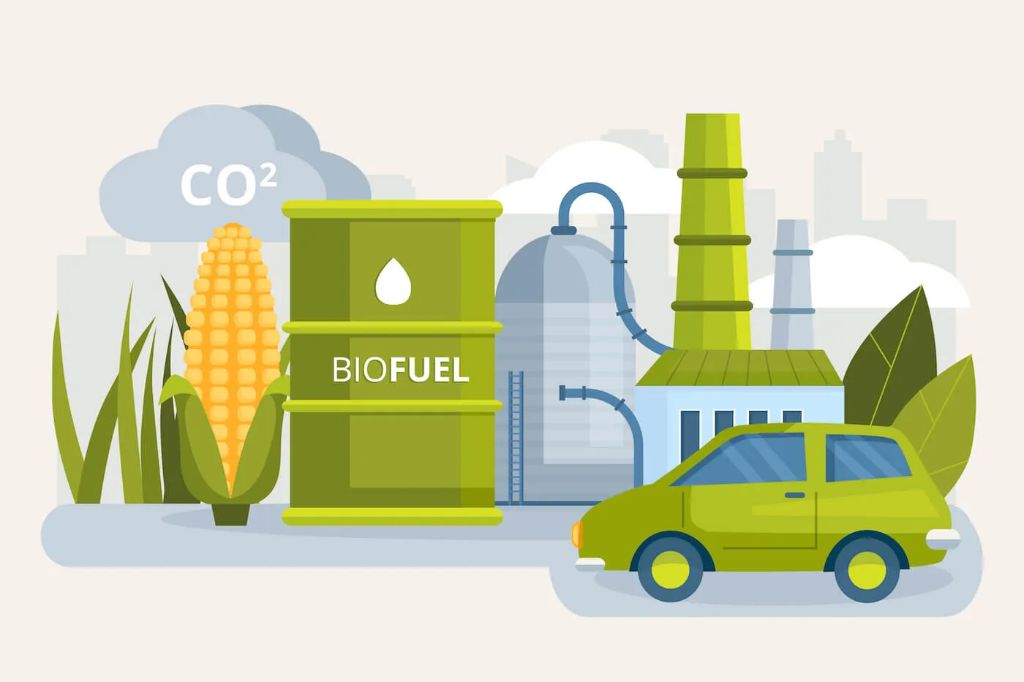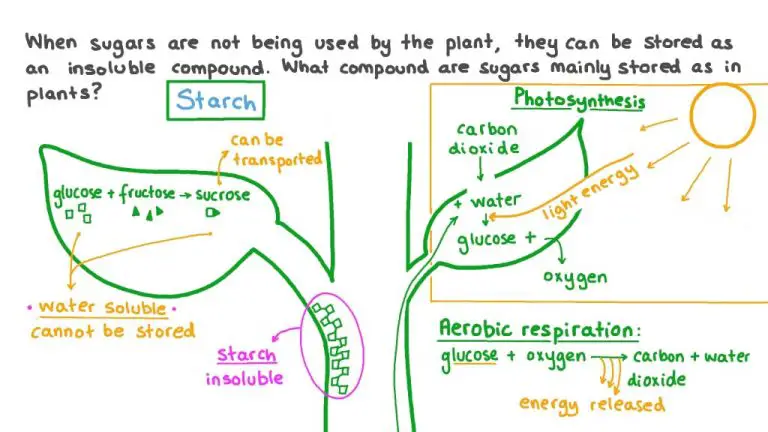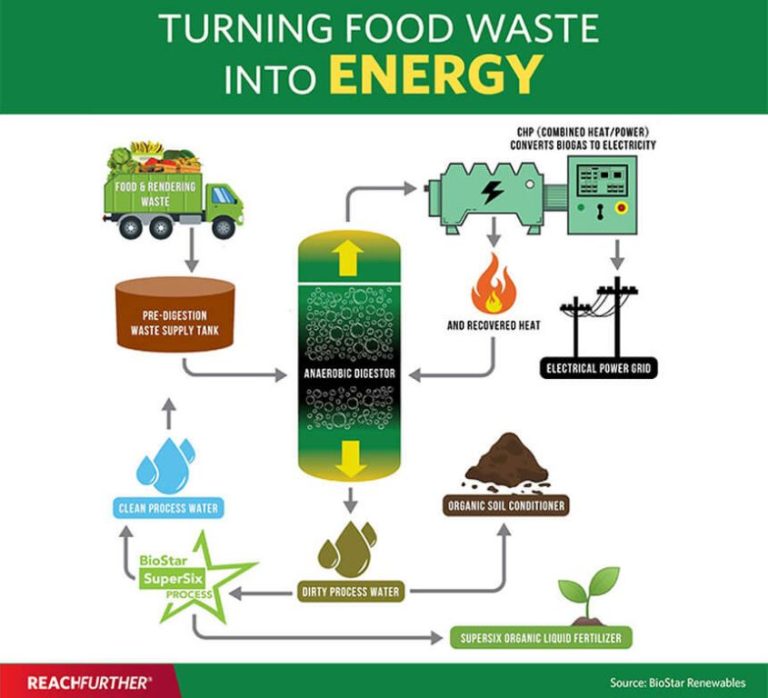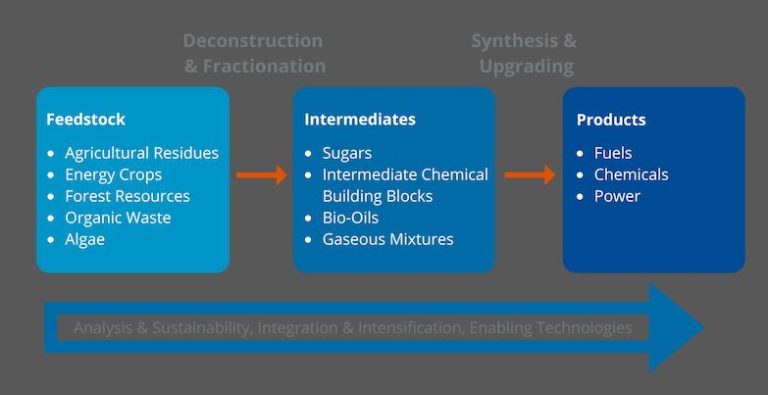Can Cars Run On Renewable Energy?

With climate change and environmental concerns on the rise, there has been growing interest in powering cars with renewable energy sources. Currently, most cars run on gasoline, diesel or natural gas – all fossil fuels that emit greenhouse gases when burned. However, advancements in technology have made it possible for cars to run on renewable energy from sources like solar, wind, hydroelectric, and geothermal power.
Using renewable energy to power cars provides many benefits. Most importantly, it reduces a vehicle’s carbon footprint and environmental impact. Switching to renewable energy for transportation is an important step in mitigating climate change. There are also financial incentives like tax credits and rebates available for electric and hybrid vehicles in many areas. As more drivers go electric, an increase in demand could also lead to lower costs and improved infrastructure over time.
While fossil fuel vehicles still dominate the market, interest in electric and hybrid cars has grown exponentially in recent years. Major automakers are investing heavily in renewable energy vehicles, with dozens of new models hitting the market. With more options than ever before, renewable energy cars have gone from niche to mainstream.
This article will provide an in-depth look at the different ways cars can utilize power from renewable sources. It will explore the benefits and challenges of running vehicles on solar, wind, hydroelectric and geothermal energy. The future possibilities for renewable energy transportation will also be considered.
Types of Renewable Energy for Cars
There are several types of renewable energy that can potentially power cars, including solar, wind, hydroelectric, and geothermal energy:
Solar power can be used to charge a car’s battery through solar panels installed on the vehicle. The energy from the sun is converted to electricity by the solar cells in the panels, which then charges the battery (Department of Energy, 2022). Some electric vehicles like the Lightyear One have integrated solar panels on their roof and hood to extend their range.
Wind power is harnessed through a turbine installed on an electric vehicle to generate electricity. The kinetic energy from the wind turns the turbine blades, which activates a generator and charges the battery. However, wind turbines need to have access to consistent wind to be viable as a renewable source (Alternative Fuels Data Center, 2022).
Hydroelectric energy can provide power for electric vehicles through regenerative braking systems. When the vehicle brakes, the kinetic energy is captured and converted into electricity to charge the battery. The power generated depends on the rate of deceleration (New Hampshire Department of Environmental Services, 2022).
Geothermal energy harnesses the heat from under the earth’s surface to produce steam and turn an electric generator. However, this energy source would need to be connected to the electric grid to distribute the electricity to power electric vehicles.
Solar Power
Solar panels can be used to charge the batteries in electric vehicles directly through a charging system or indirectly through the electrical grid (Energy5, 2022). The solar energy is converted to electricity by the photovoltaic cells in the panels and then stored in the vehicle’s battery pack. Using solar power to charge electric vehicles has several advantages:
- It reduces reliance on fossil fuels – solar power is a renewable energy source
- It lowers fuel costs for the vehicle owner since the sun’s energy is free
- It reduces greenhouse gas emissions by utilizing clean energy
- It allows charging at home conveniently if panels are installed onsite
However, there are some challenges with using solar power for EV charging (Impact Solar NJ, 2022):
- Upfront costs – installing solar panels and related charging equipment can be expensive
- Intermittent power source – solar only works when the sun is out
- Slow charging – solar panels usually take longer to fully charge an EV battery compared to commercial charging stations
- Extra space needed – solar panels require adequate roof or land space for installation
Overall, solar energy holds promise as a renewable way to fuel electric vehicles, but some advancements in solar technology and infrastructure may be needed to make it a more viable mainstream option.
Wind Power
One renewable energy source that can be used to power electric cars is wind power. Small wind turbines can be installed on cars to harness the wind energy as the car is moving. The wind spins the turbine blades, which then generate electricity that charges the car’s batteries.
Using wind power to charge electric cars has some advantages. It allows the car to be partially or fully charged by renewable energy while driving, reducing reliance on the electric grid for charging. This makes electric cars more sustainable. Harnessing wind power also reduces the car’s dependence on gasoline or other fossil fuels.
However, there are some downsides to using wind power on cars. The wind turbines add additional weight and drag, which can reduce the vehicle’s efficiency and range. Wind power is also intermittent – energy output depends on wind speed. Turbines may not produce much charge at low speeds or in still conditions. There are also challenges around noise and vibration from turbines. Overall, wind power is a promising but complex renewable energy source for electric vehicles.
See: https://axlewise.com/self-sustaining-electric-car/
Hydroelectric Power
Hydroelectric power uses the energy of flowing or falling water to generate electricity. Water flowing through a dam turns turbines that spin generators to produce power. Hydroelectric power is a renewable energy source as it relies on the water cycle where water evaporates, forms clouds, precipitates and flows back to the sea (Kubiak-Wójcicka, 2022).
Hydroelectric power has several advantages as an energy source for electric vehicles. It produces clean, emissions-free renewable electricity. Plants can adjust power output to meet demand. The technology is proven and reliable. Reservoirs provide recreational benefits like fishing and boating (Kubiak-Wójcicka, 2022).
However, hydroelectric power also has some downsides. Dams and reservoirs substantially alter local habitat and ecosystems. Silt buildup requires dredging. Drought can reduce power output. Upfront costs are high. Some locations lack the flowing water required (Kubiak-Wójcicka, 2022).
Overall hydroelectricity is a clean, renewable source of power that could help charge electric vehicles sustainably. But its availability depends on local water resources and environmental impacts must be managed.
Geothermal Energy
Geothermal energy harnesses heat from underneath the earth’s surface to generate electricity. This heat can come from hot springs, reservoirs of steaming hot water deep underground, or molten rock called magma. Large power plants can tap into this geothermal resource by drilling wells and pumping the heated underground water or steam to the surface. Smaller systems can use the stable temperatures near the surface for heating and cooling applications.
Using geothermal energy for transportation does have some advantages. It offers a consistent baseload supply of renewable energy that is available at all times, unlike solar or wind power. Geothermal energy also does not directly produce any greenhouse gas emissions. However, it does have some downsides. Tapping into geothermal energy requires drilling deep wells, which can be costly and risky. The resource is also only available in certain geologically active areas of the world. Overall, geothermal energy shows potential for powering electric vehicles if the infrastructure is built near geothermal hot spots.
Challenges
While renewable energy for cars holds great promise, there are significant challenges that need to be addressed. Two major challenges are infrastructure and costs.
In terms of infrastructure, electric vehicles require extensive networks of charging stations in order for drivers to recharge conveniently on the go. According to a 2021 report, over 100,000 public charging stations will be needed in the next decade to support the expected growth in electric vehicles (https://www.eesi.org/articles/view/on-the-move-unpacking-the-challenges-and-opportunities-of-electric-vehicles). Installing these stations across cities and highways represents a major infrastructure investment.
Cost is also a significant barrier. Battery packs, motors, and other components add thousands to the sticker price of electric vehicles compared to gas-powered models. While costs are falling, the upfront price of purchasing an electric vehicle remains prohibitive for many consumers. There are also costs associated with building and maintaining the necessary charging infrastructure.
Examples
There are real world cases of cars being powered by renewable energy sources. The Tesla Model S, for example, can be charged at solar-powered Supercharger stations. Tesla has installed over 25,000 Superchargers worldwide to create a solar-powered network for their vehicles.
The Nissan Leaf is an all-electric vehicle that can be charged using solar power. Nissan even offers an accessory solar panel designed specifically to charge the Leaf. Studies have shown the solar panel can provide enough charge for over 1000 miles of driving per year.
There are also aftermarket solar solutions like removable panels that can be used to trickle charge an electric vehicle’s battery. While not powerful enough to fully charge an EV battery, they can provide range boosts over time.
The Future
Experts project strong growth for renewable energy vehicles in the coming years. Improvements in battery technology and declining costs will make electric vehicles more affordable and practical. Many automakers plan to expand their electric vehicle model offerings, with some even setting targets to completely phase out gas-powered vehicles. According to the International Energy Agency, the global electric car stock surpassed 10 million in 2020 and could grow to 145 million by 2030 in a scenario aligned with reaching net zero emissions by 2050. Initiatives like the Paris Agreement also aim to accelerate the transition to clean transportation.
Advancements in solar cells may enable vehicles to charge as they drive in the future. Enough sunlight hits a moving car in one hour to equal a full battery charge, so harnessing this could give vehicles unlimited range. Wind and electromagnetic roadways also show potential for charging vehicles on the go. With sustained investments and innovation, renewable energy vehicles are poised to dominate the automotive market this century.
Sources:
Conclusion
In summary, we’ve explored the major types of renewable energy that can potentially be used to power cars – solar, wind, hydroelectric, and geothermal. While most vehicles today still rely on gasoline, electric and hybrid models are becoming more popular. Significant advances are being made to improve battery technology and efficiency, which will enable renewably-powered vehicles to become more viable.
However, there are still challenges to overcome before renewable energy cars become mainstream. The infrastructure needed to support electric charging stations is still limited in many areas. Battery costs and range anxiety persist as obstacles. More research and development is required to make renewable energy systems affordable and practical for most car owners.
Nevertheless, the future looks bright. Companies like Tesla have shown that high-performance electric vehicles are possible. Government incentives and emission regulations are accelerating the transition. It may take time, but a future where cars run on renewable energy from the sun, wind, water and earth is certainly attainable.







